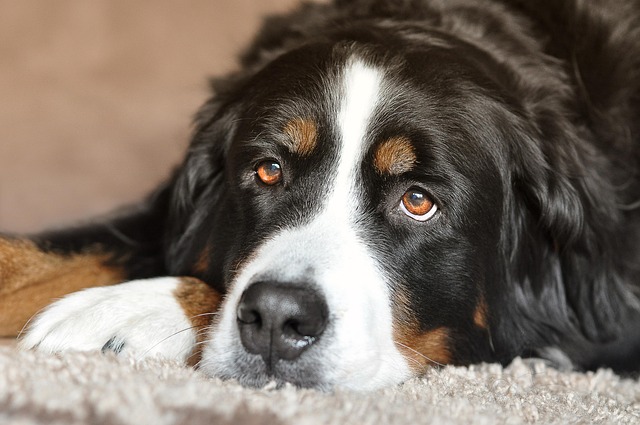
What lead can I use to stop my dog pulling?
Walking a dog should be a wonderful time shared between the owner and the beloved pet. However, when the dog suddenly exerts force and drags the leash wildly, the comfort is instantly replaced by tension.
During the time spent with puppies, most of the time they are like cute little angels, lighting up our lives with liveliness and curiosity. However, when the puppy showed aggression, the tension and concern instantly enveloped his heart. As we watched our once adorable little one suddenly become restless, we were filled with anxiety and eagerness to find a way to calm it down. We knew that behind a puppy's aggressiveness, there was often unease and fear, and our love and guidance were the key to dispelling these shadows.
The aggression of puppies is not without reason. Fear is a common trigger, and the world of puppies is full of unknowns. Stranger environments, noisy sounds, and sudden movements can all lead them into deep fear. When feeling scared, puppies instinctively protect themselves by attacking. For example, a puppy taken to a pet hospital for the first time may tremble in the face of unfamiliar environments, doctors wearing white coats, and the sounds of various medical equipment, followed by a low growl and even an attempt to bite. This is because it feels extremely uneasy in this unfamiliar and stressful environment, and can only use attacks to drive away its inner fear.
Territorial awareness is also one of the factors that lead to aggression in puppies. Although puppies are still small in size, they still consider their frequently active areas as their territory. When other animals or strangers break in, puppies will think their territory has been violated and launch attacks. For example, at the edge of a puppy's nest, if an unfamiliar dog approaches, even if the other party has no malicious intent, the puppy may immediately enter a defensive state, barking and biting at the other party to defend its territory.
Pain or physical discomfort can also make puppies aggressive. When a puppy is injured in a certain part of its body or suffers from a disease, the physical pain can make them emotionally irritable and more sensitive to the stimuli around them. At this point, if someone accidentally touches its painful area, the puppy may bite due to the unbearable pain. For example, when a puppy's paw is pinched by a door and the owner attempts to examine the injury, it may attack the owner for self-protection.
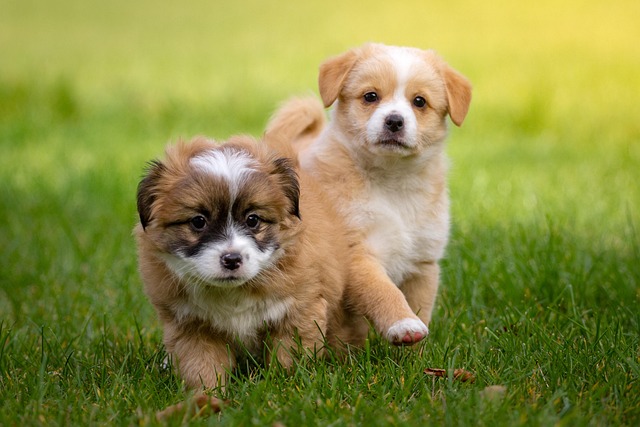
To calm down an aggressive puppy, the first thing to do is to soothe its emotions. Maintaining calmness and gentleness is key. When a puppy shows aggression, we should not panic, let alone shout or scold it loudly, as this will only exacerbate its fear and anxiety, making its aggression stronger. We should try to speak to it in a gentle and soothing tone, as if soothing a frightened child. At the same time, slowly approach the puppy and avoid sudden movements to avoid startling it again. You can first reach out your hand and let the puppy smell it, making it familiar with our scent and establishing initial trust. If the puppy does not attack immediately, gently stroke its head and back, with gentle and slow movements, allowing the puppy to gradually relax its tense nerves.
Shifting the puppy's attention is also an effective way to calm them down. Taking advantage of the puppy's love for toys, take out its favorite toys, such as balls, plush toys, etc., and shake them in front of it to attract its attention. When a puppy's attention is attracted by toys, its aggression gradually decreases and it focuses on playing instead. You can also prepare some delicious snacks, such as small pieces of chicken jerky, cheese cubes, etc., and slowly shake them in front of the puppy to attract it with the aroma of the food. When puppies start paying attention to snacks, their emotions will gradually ease, and at this time, they can take the opportunity to stroke them, give them comfort and rewards.
Creating a quiet and comfortable environment for puppies is equally important. Take the puppy to a relatively quiet and undisturbed space, avoiding noisy sounds and excessive human movement. In this space, lay a soft cushion for it, place familiar toys and items with the owner's scent, such as old clothes. Familiar environment and objects can make puppies feel at ease and relax. For example, when a puppy shows aggression in an unfamiliar environment, take it home to its usual room and let it gradually calm down in a familiar environment.
Behavioral guidance is also essential for correcting aggression in puppies. When a puppy shows aggressive behavior, use a firm and gentle tone to say 'no' to it, making it understand that this behavior is not allowed. Then, immediately guide it to make the right behavior, such as pulling it apart and controlling it with a leash when the puppy barks or bites other dogs, while giving it a toy or snack to guide its attention to the right thing. When puppies exhibit calm and friendly behavior, timely rewards such as praise, caresses, or snacks should be given to reinforce their correct behavior.
If the puppy's aggression is severe and lasts for a long time, and cannot be effectively improved through the above methods, it is wise to seek the help of a professional pet trainer or veterinarian. Professional trainers can develop personalized training plans based on the specific situation of puppies, helping them correct aggression. Veterinarians can conduct a comprehensive physical examination of puppies to check for aggression caused by physical illnesses and provide appropriate treatment.
Every puppy is a precious treasure in our lives, and when they are troubled by aggression, we must become their strongest support. By understanding the reasons behind their aggressive behavior, use patience, love, and professional knowledge to help them calm down and correct their bad behavior. Because puppies give us pure and innocent love and dependence, we should also dispel their fears when they need it most, guide them towards a healthy and happy path of growth, accompany them through every beautiful time, and write a warm chapter for us and our puppies together.

Walking a dog should be a wonderful time shared between the owner and the beloved pet. However, when the dog suddenly exerts force and drags the leash wildly, the comfort is instantly replaced by tension.
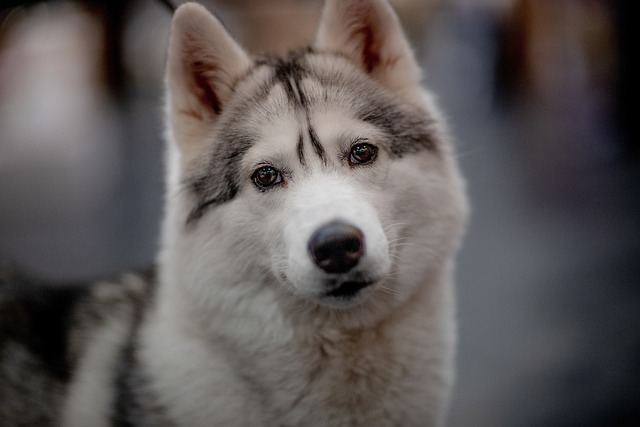
When the fluffy little puppy comes to our home, its innocent and lovely appearance instantly captures our hearts.
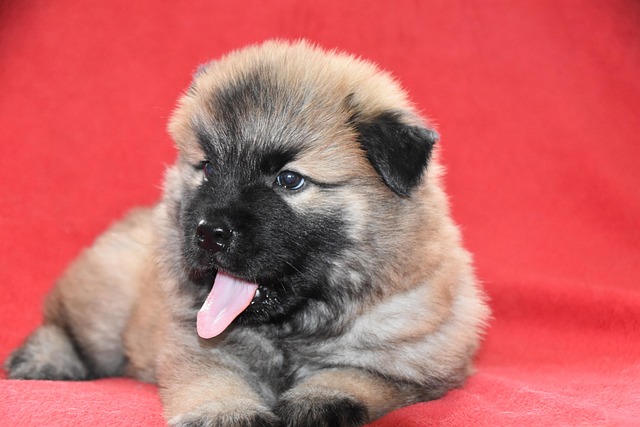
In the late night, when the whole world is immersed in tranquility, the dog at home suddenly starts barking incessantly. The sharp barking breaks through the silence,
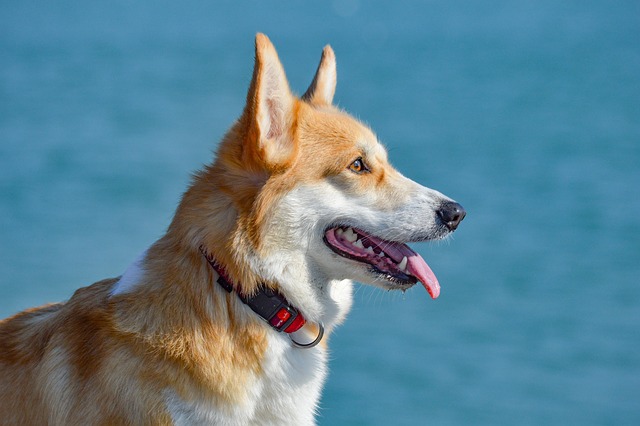
In the quiet afternoon or in the dead of night, the Siberian Husky at home suddenly starts barking loudly without any warning,
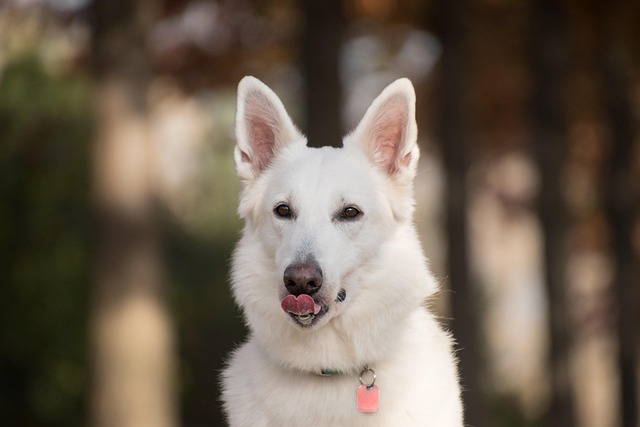
When the Irish setter walks with an elegant pace, its reddish-brown hair shines in the sun, and its lively eyes are full of curiosity and enthusiasm, anyone will be attracted by this unique charm.
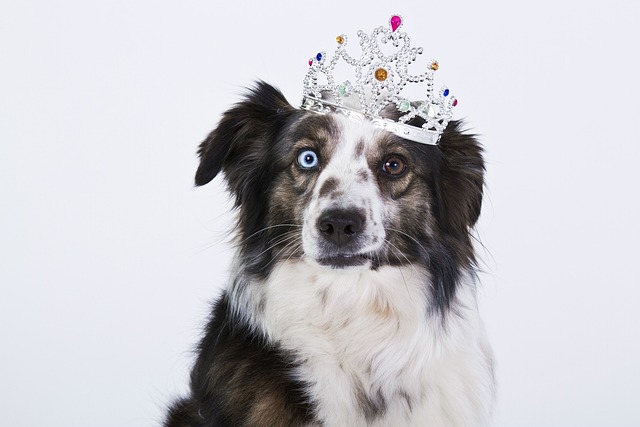
When the furry little life stumbles into our lives, the soft and sticky cry and wagging tail instantly melt the hearts of countless dog owners. However, behind this sweet companionship, puppy potty training is like a mountain in front of them.